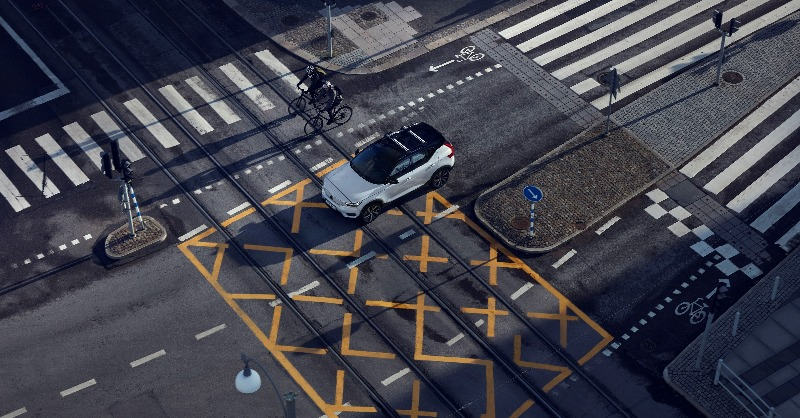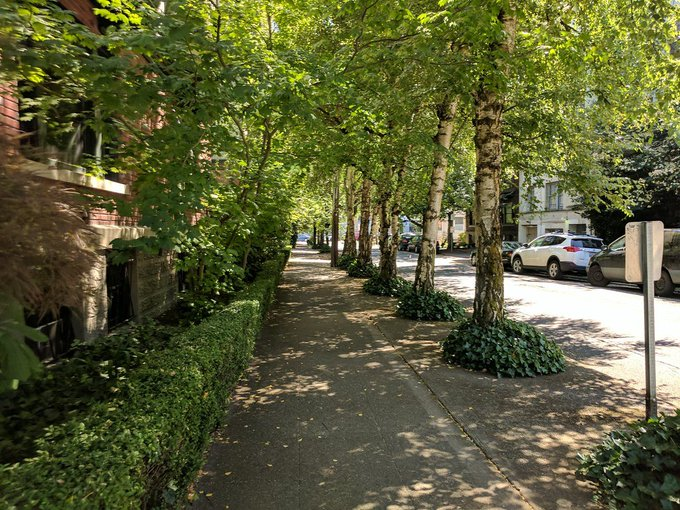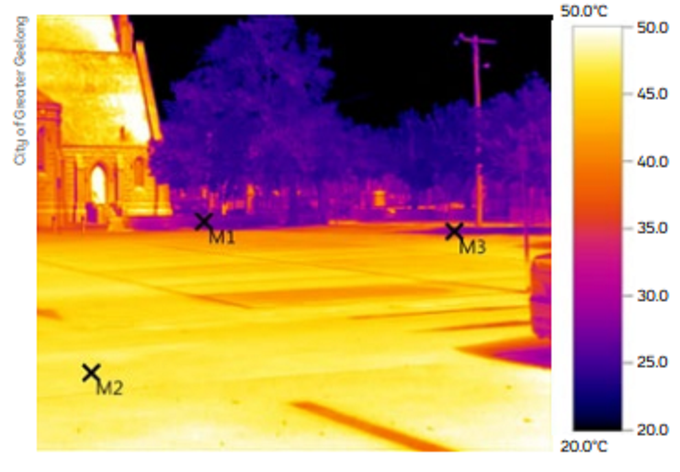
1/ What if I told you that the biggest and most urgent problem associated with our sewage system isn't the public health and environmental threat of discharges of human waste into bodies of water? You might not believe me, but it's true... 

2/ As serious an environmental problem as sewage discharges are, it's the permanent loss of a very specific mineral carried in our sewage that poses the biggest threat of all.
Let's talk about phosphorous.
Let's talk about phosphorous.
3/ Phosphorous is an essential component of the artificial fertilisers that have helped increase agricultural yields enormously since the Second World War. However, the Earth's phosphorous deposits are fixed, unevenly-distributed, and being depleted at an alarming rate. 

4/ At current consumption, we'll run out of phosphorus reserves less than 80 years, but consumption is also expected to increase. Nearly 90% of phosphorus is used in the global food supply chain; most as fertilisers. If no action is taken, world food supplies will collapse.
5/ The main means by which phosphorus re-enters the soil after consumption via plants or feed is through animal waste. Although manure is still commonly used as fertiliser, human waste is no longer returned directly to the soil as it once was and is often released to the ocean.
6/ By processing human waste in an 'open loop' through ocean discharge, and failing to capture agricultural runoff, vast quantities of phosphorous are lost for hundreds of thousands of years out in the infinite oceanic abyssal plain at 6km depth. (van Ginneken et al 2016) 

7/ Efficient use of fertiliser - the U.S has dramatically reduced its use of phosphorous over the past 30 years due to more efficient farming practices and greater utilization of organic waste - can slow phosphorous losses, but not eliminate them, so recycling is essential.
8/ Although most of the recoverable phosphorous in human waste is currently discarded, municipal collection and processing of wastewater provide a mechanism for recycling large quantities of phosphorus with relative ease.
9/ Struvite - magnesium ammonium phosphate - is a hard, clear crystal that occurs naturally when ammonium-producing bacteria break down the urea in urine. It causes kidney stones, and for centuries, it has been the bane of sewage system operators the world over, but...
10/ ...struvite is also a benign, non-toxic substance, which can be used as a rich, slow-release phosphate fertilizer. In fact, struvite outperforms the most widely-used fertilizer in the world today. Viewing it as a problem, rather than a valuable resource, *is* the problem. 

11/ But, there's hope! Low carbon techniques for phosphorous capture from human waste have been developed in recent years. These prevent struvite buildup in pipes, reduce phosphorus pollution in water basins, and generate valuable phosphorus fertilizers. civil.ubc.ca/news-events/20…
12/ Good and improving practice on recycling finite phosphorous can already by encountered in The EU, Canada, and the US. By 2007, 53% of sewage sludges in the EU (80% in the U.K) were already reused in agriculture.
13/ In 2009, Sweden passed legislation to have at least 60% of its total phosphorus streams from wastewater diverted for agricultural use by 2015. By 2009, struvite systems had been installed in Edmonton, Alberta; Oregon; and Pennsylvania. Progress is both necessary and possible.
14/ However, the big challenge lies with China, India, and other developing nations. Early adoption of practices that help capture and reintroduce significant amounts of high-quality, renewable phosphate fertilizer from human waste would slow depletion and improve food security.
15/ From a U.K perspective, the challenge of phosphorous depletion is also acute. As we have no domestic deposits of phosphorous, recycling and stockpiling should be a national strategic priority. In the absence of a publicly-owned water system, better regulation is key.
16/ The Gov't showed this week that it can take a muscular regulatory approach to water companies. As with its plans to mandate water companies to reduce sewage discharges, it should immediately move to mandate phosphorous recycling from wastewater. theguardian.com/environment/20…
17/ For a deeper dive into this issue, I'd encourage people to read this fantastic piece from MIT's Mission2016, which I've leaned heavily on for this thread.
web.mit.edu/12.000/www/m20…
web.mit.edu/12.000/www/m20…
• • •
Missing some Tweet in this thread? You can try to
force a refresh













